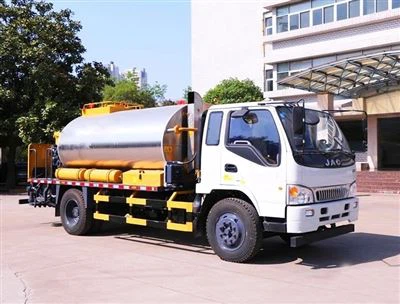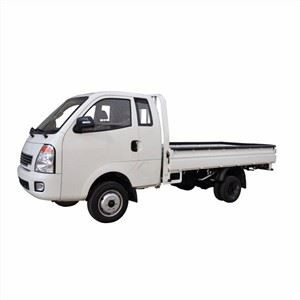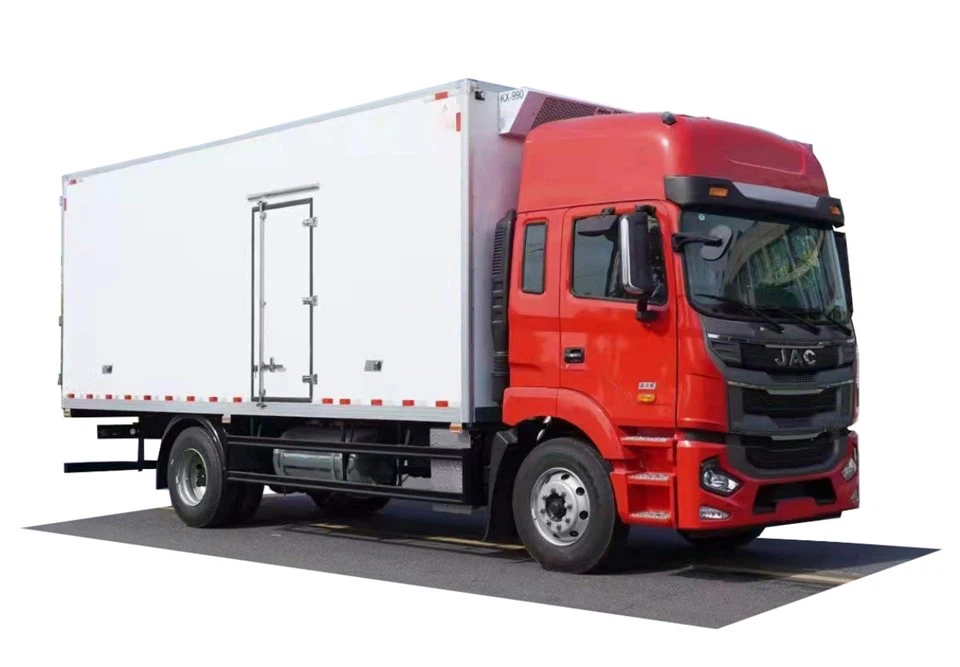Exploring the 220 Peterbilt: A Comprehensive Guide

Introduction to the 220 Peterbilt
The 220 Peterbilt is a remarkable vehicle that has made a name for itself in the trucking industry. Known for its durability, performance, and aesthetic appeal, the 220 series combines engineering excellence with comfort and safety features. This article will delve deep into the specifications, features, maintenance tips, and a wealth of knowledge surrounding the 220 Peterbilt, catering to truck enthusiasts and professionals alike.
Understanding the Peterbilt Legacy

History of Peterbilt Motors Company
Founded in 1939, Peterbilt Motors Company has established itself as a leader in the trucking industry. The brand is synonymous with quality and innovation, producing trucks that are designed to meet the demands of long-haul transportation.

Importance of the 220 Series
The 220 series was introduced to cater to various transportation needs, including regional hauling and urban delivery. Its robust design and powerful engine make it a favorite among operators looking for a reliable vehicle.
Specifications of the 220 Peterbilt
Engine Options
The 220 Peterbilt typically features several engine options, which may include:
- MX-11 Engine: 370-500 horsepower
- ISX15 Engine: 400-600 horsepower
Transmission Types
Owners can choose from several transmission types, including:
- Automated manual transmission (AMT)
- 6-speed manual transmission
Dimensions and Weight
| Attribute | Measurement |
|---|---|
| Overall Length | 25.5 ft |
| Wheelbase | 20 ft |
| Gross Vehicle Weight Rating (GVWR) | 33,000 lbs |
Configurations Available
The 220 Peterbilt is available in various configurations to meet specific needs, including:
- Day cab
- Sleeper cab
Key Features of the 220 Peterbilt
Comfort and Ergonomics
The cab of the 220 Peterbilt is designed for driver comfort, featuring:
- Spacious seating with adjustable options
- Advanced climate control
- Quiet cab design for a more peaceful driving experience
Safety Features
Safety is paramount in the 220 series, which includes:
- Anti-lock braking system (ABS)
- Stability control systems
- Optional collision mitigation technology
Technological Integration
The 220 Peterbilt incorporates modern technology to enhance operational efficiency, including:
- Telematics for real-time monitoring
- Advanced infotainment systems
- Bluetooth connectivity
Performance of the 220 Peterbilt
Fuel Efficiency
One of the standout features of the 220 Peterbilt is its fuel efficiency. Operators can expect up to 10-12 miles per gallon depending on driving conditions and load, resulting in reduced operational costs.
Towing Capacity
The 220 series offers impressive towing capabilities, making it suitable for hauling trailers of varying sizes. The specifics can depend on the engine and configuration but typically range between 25,000 to 30,000 pounds.
Maintenance and Upkeep
Routine Maintenance Schedule
To ensure the longevity of the 220 Peterbilt, adhering to a routine maintenance schedule is essential. Key maintenance tasks include:
- Oil changes every 15,000 miles
- Brake inspection every 10,000 miles
- Tire rotations at every oil change

Choosing the Right Service Provider
Finding a qualified service provider familiar with Peterbilt trucks can enhance the maintenance experience. Look for certified Peterbilt service centers or trusted local mechanics with a solid reputation.
Driving the 220 Peterbilt
Handling and Maneuverability
The 220 Peterbilt is designed for optimal handling, making it easy to navigate urban environments or tight job sites. Its steering response and turning radius are tailored for functionality.
Driver Experience
With superior visibility and control mechanics, drivers often report a positive experience behind the wheel of a 220 Peterbilt. The driving comfort is amplified by the vehicle’s ergonomic design.
Customer Reviews and Experiences
Owner Testimonials
Several truck owners have shared their experiences with the 220 Peterbilt:
“The 220 Peterbilt has exceeded my expectations in terms of performance and comfort. I love how it handles on long trips!” – John D.
“Maintenance has been straightforward; parts are readily available, and the support from dealers is great.” – Maria T.
Cost Analysis of the 220 Peterbilt
Initial Purchase Price
The starting price for a new 220 Peterbilt can range from $100,000 to $150,000, depending on the selected features and configurations.
Operational Costs
| Cost Type | Estimated Cost per Year |
|---|---|
| Fuel | $15,000 |
| Maintenance | $5,000 |
| Insurance | $3,000 |
Frequently Asked Questions (FAQs)
What is the average lifespan of a 220 Peterbilt truck?
With proper maintenance, a 220 Peterbilt can last over 1,000,000 miles, making it a long-term investment for operators.
How does the 220 Peterbilt compare to other trucks in its class?
The 220 Peterbilt generally offers better fuel efficiency and driver comfort compared to several competitors in the same category.
What financing options are available for purchasing a 220 Peterbilt?
Many dealers offer financing options, including loans and leasing plans tailored to meet the needs of fleet operators.
Can I customize my 220 Peterbilt?
Yes, Peterbilt offers a variety of customization options including interior layouts, exterior colors, and engine specifications based on the owner’s preferences.
Where can I find parts for my 220 Peterbilt?
Parts can be sourced through authorized Peterbilt dealerships or various online retailers specializing in truck parts.
Is the 220 Peterbilt suitable for urban driving?
Absolutely! The 220 is designed for versatility, making it a suitable option for urban deliveries and regional transportation.
